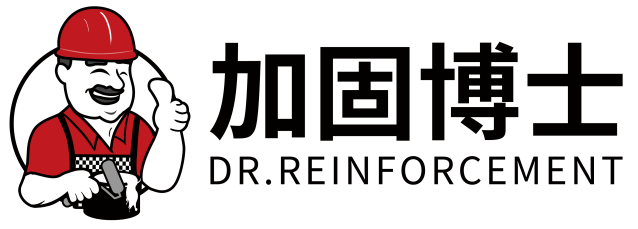Why Use Carbon Fiber Cloth to Reinforce Your House?
Superior Strength-to-Weight Ratio
What makes carbon fiber cloth so special? Mainly its amazing strength compared to how light it actually is. This lets builders reinforce structures without adding all the weight that comes with steel or concrete. Contractors love working with it because they get strong results while keeping things light enough to handle during installation. According to some research from the Journal of Building Engineering, carbon fiber stands up against steel pretty well too – about five to six times stronger per unit weight. That translates into real savings on material costs when building anything from small repairs to major infrastructure projects. Because of this unique combination of strength and lightness, we're seeing more and more engineers turn to carbon fiber solutions for tricky spots like reinforcing old walls or strengthening bridges where regular materials just don't cut it anymore.
Corrosion Resistance Advantages
What makes carbon fiber cloth really stand out is how resistant it is to corrosion, something that dramatically increases the life span of structures facing tough environmental conditions. Steel tends to rust all the time and needs constant upkeep, but carbon fiber just doesn't have those problems. No worrying about corrosion means much lower maintenance costs over time. Take carbon reinforced concrete for example. Studies from Dresden Tech showed these materials actually cut down CO2 emissions while making things last longer. We've seen real world applications where switching to carbon fiber saved thousands in repair bills caused by rust damage. That kind of cost savings makes carbon fiber an attractive option for building stuff that needs to stick around for decades without falling apart. No wonder more engineers are specifying it for bridges, tunnels and other infrastructure where reliability matters most.
Minimal Structural Intrusion
One really great thing about carbon fiber cloth is how it can strengthen buildings without making big changes to what they look like or how they work. The material bends easily so it fits around different building shapes without needing expensive overhauls. Take the Dresden Cube project as an example – they used carbon fiber to create those thin, complicated designs while still giving the structure extra support. What's nice too is that workers can install this stuff right onto existing buildings without messing up their current look or function. For old buildings that need reinforcement or modern ones where keeping the original style matters, carbon fiber works really well. Since it doesn't require tearing things apart and rebuilding from scratch, this material provides a practical way to make structures stronger without completely changing them, which makes sense both practically and aesthetically.
Understanding Carbon Fiber Cloth Properties
Unidirectional vs. Bidirectional Weaves
Knowing the difference between unidirectional and bidirectional carbon fiber weaves matters a lot when it comes to getting the best performance out of materials across different applications. With unidirectional weaves, all those carbon fibers line up straight in one direction, so they're super strong along that axis. That makes them great for things where the force only comes from one direction, think about beams or those spar caps used in aircraft wings. On the flip side, bidirectional weaves work differently because they cross fibers at right angles, creating kind of a grid pattern. This gives more balanced strength throughout the material surface, which explains why manufacturers prefer them for complex parts in aerospace where forces come from multiple directions. Studies show that unidirectional fibers actually hold up better under tension than bidirectional ones, though specifics can vary depending on the application. Most design engineers understand this well enough to pick the right type of weave for their project requirements, balancing strength characteristics against what the actual load conditions will be.
Compatibility With Epoxy Resins
How well carbon fiber cloth works with epoxy resins makes all the difference when reinforcing structures. The reason? Epoxy basically glues those fibers to whatever surface they're applied to, forming a strong composite material capable of handling serious stress without breaking down. Most importantly, how long it takes for everything to cure and how strong the bond becomes depends heavily on getting the right mix of resin and hardener proportions. Architects and construction professionals need to get this right if they want their materials choices to stand up under real world conditions. When done properly, these fiber resin combos hold up remarkably well in complicated building projects, maintaining structural integrity while still looking good aesthetically over time.
Flexural Strength Characteristics
Carbon fiber cloth stands out because of its impressive flexural strength, which really boosts how well it performs structurally when subjected to bending stress. Unlike older materials such as wood or plastic composites, carbon fiber just doesn't give way under those same bending forces. Take aircraft wings for example they need to handle massive loads while staying completely intact during flight. Research across multiple industries shows that structures made from carbon fiber can actually hold much heavier weights before showing any sign of deformation. That makes them incredibly valuable solutions for today's complex engineering problems. Because of this property, engineers keep turning to carbon fiber for everything from sports equipment to bridge reinforcements, knowing they'll get both durability and top notch performance from these advanced composite materials.
Step-by-Step Reinforcement Process
Structural Assessment Preparation
Before putting on any carbon fiber cloth, checking if the structure holds together properly matters a lot for safety reasons and meeting local building regulations. Most contractors start with what's called a structural checkup following guidelines set by various engineering groups across the country. During these checks, engineers look closely at different parts of the structure to find out exactly where extra support might be needed. This helps them figure out how best to apply the carbon fiber without wasting materials or missing critical spots. Getting these assessments done right means the carbon fiber actually works like it should, keeping buildings strong and stable over time even after years of wear and tear.
Surface Preparation Techniques
Getting the surface right before applying carbon fiber cloth makes all the difference when it comes to creating strong bonds between materials. The whole process requires careful attention to detail as we work on preparing the base material properly. For anyone looking to do this right, having the right equipment matters a lot. Most people will need things like angle grinders, orbital sanders, and good quality degreasing products. Skipping over basic steps like thorough cleaning or rushing through the smoothing process can lead to problems down the road such as layers peeling apart or structural weaknesses showing up later. Taking time to get everything just right not only strengthens how well the carbon fiber sticks but also means the reinforced structure lasts much longer in real world conditions.
Lamination & Curing Procedures
Getting good results from carbon fiber cloth requires proper lamination and curing processes. When applying the cloth during lamination, workers need to be careful about how they spread it out so it sticks properly to whatever surface they're working on, creating a strong composite material. The curing part is just as important. Manufacturers usually specify exact temperatures and time frames for this step because getting them right makes all the difference in final strength. Environmental factors matter too. If there's too much moisture around during these steps, the whole process gets messed up and the finished product might not hold together well. That's why shops that work with carbon fiber invest in climate controlled spaces for their projects.
Carbon Fiber vs Traditional Reinforcement Methods
Comparison With Steel Rebar Systems
Builders and engineers are starting to see why carbon fiber reinforcement beats out traditional steel rebar in many construction projects these days. For one thing, carbon fiber weighs way less than steel rebars and doesn't require heavy machinery for installation. Workers can handle it much easier and get things done faster on site. The lighter weight also means crews spend less money on labor and finish jobs quicker. What's more, carbon fiber actually performs better structurally because it combines strength with flexibility. Some cost comparisons show that installing carbon fiber systems often ends up cheaper than steel when all factors are considered. Real world examples back this up too. Take those bridge pillars reinforced with carbon fiber last year - they held up against extreme weather conditions while nearby structures using conventional materials showed signs of wear and tear much sooner. These practical results speak volumes about how effective carbon fiber really is for structural work.
Long-Term Cost Effectiveness
Looking at things over the longer term, carbon fiber cloth stands out as a reinforcement material when compared to old school approaches. Real world projects where teams went with carbon fiber from day one show real money saved on maintenance and fixes down the road because this stuff just lasts longer and doesn't break down so easily in harsh conditions. Take concrete repair work for instance. Contractors report way less need for touch ups and replacements after installing carbon fiber reinforcements. The numbers tell the story too. When companies crunch the lifecycle costs, they find that yes, carbon fiber does cost more upfront, but those extra dollars get eaten up by all the savings in repairs and downtime over five, ten, sometimes even twenty years. Many engineers now present these figures directly to project managers during budget discussions, making it easier to justify the initial spend when looking at the bigger picture of what materials will actually cost throughout their entire service life.
Seismic Performance Benefits
Carbon fiber cloth really stands out when it comes to how buildings handle earthquakes, which makes it a great choice for places where quakes are common. The material combines both flexibility and strength, allowing structures to absorb shaking better than old school reinforcement techniques. Tests on actual buildings show that structures reinforced with carbon fiber stay intact much longer during tremors compared to ones strengthened with regular steel bars. Building codes across many countries now actually recommend using materials like carbon fiber in earthquake zones because of all these advantages. There's plenty of research supporting this too – studies indicate that adding carbon fiber reinforcement can make buildings much safer in areas prone to major shakes, helping prevent the kind of damage that leads to total collapse of critical infrastructure.


